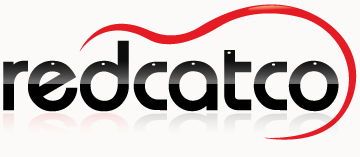Are you a Hoarder?
Some of us are born hoarders, we keep hold of everything. As I grew up I was indoctrinated into the philosophy of “keep that, you never know when it might come in handy.” As I got older, and the house became ever more crowded, I realized that keeping everything you might ever need again is no use if you can’t find it when you do finally need it. And just to add insult to injury, sometimes that ‘finally’ never arrives for that lovingly saved bit of whatever.
I am currently in the midst of a decluttering project, reducing the amount of ‘stuff’ that has accumulated over the years. I’m not quite keeping up with the rest of the family, but I have already made enough progress to confirm one of my newer values in life:
A few good things
Having a few good things means it is easy to find what you need. It also means that there are less distractions around you everyday. People with too much aren’t able to fully appreciate what they have. That is a bit of a generality, but I have a memory from a visit to Africa of a small boy playing with the one toy in his possession. He radiated contentment in that moment. The scene was a far cry from a British child surrounded by hundreds of discarded plastic toys, wanting to know when the next present would arrive. I am convinced that having a few good things increases our happiness and reduces our stress levels.
Making a wonderfully clear world – even in PowerPoint
There is another place that anti-hoarding measures can have a great return, the wonderful world of PowerPoint presentations. Some presenters seem to hoard bullet points, cramming in every simple point that comes to mind. They then add even more with each revision of the slides, almost turning a single slide into a mini-encyclopedia. Rather than trying to put every reason or benefit on a slide, choose ‘a few good things’. Tailor the points to your audience and pick just the most meaningful ones. Your audience will have a much greater appreciation of the points you make and they will be less stressed by your presentation!

